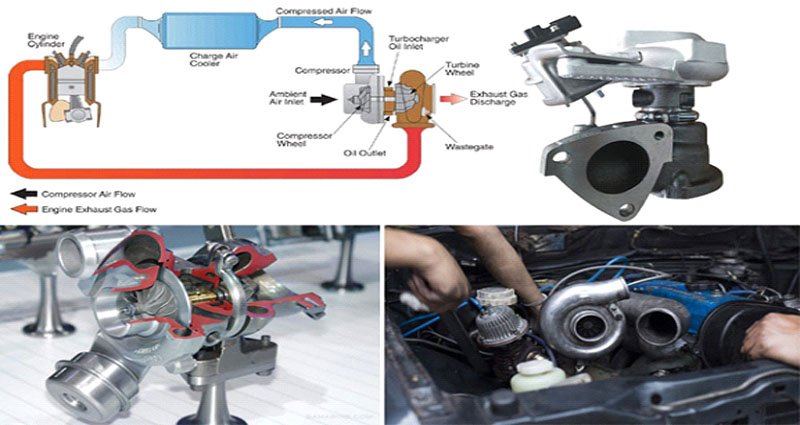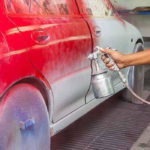How a turbo works
A turbocharger or what is usually referred to as a turbo is a device fitted onto an engine to induce forced induction. It is made up of two fans called the impeller and the turbine, which are connected by a shaft. The turbine is connected to the exhaust system and turned by exhaust gases, which is its primary difference to a supercharger which is connected to the engine itself. Normally, an engine sucks air that is combined with fuel in the combustion chamber and heated to make energy. A turbo is therefore introduced to improve the price at which the fuel-air mixture burns and this leads to much more engine energy. This impact is brought about by its rotation, which creates a partial vacuum that results in more air suction and thus far more combustion (the pressure developed is greater than 1 atmosphere). This is however a bit difficult on the fuel bills and only at high revolutions of more than 1500 will it function. A point to note is the fact that a turbo does not rely on the speed you clock but at what rate the engine is turning. Now let us see how it need to be maintained:
Tips on how to retain it
Having understood what a turbo is and how it operates, we’ll now look at how it is cared for. Normal visits for the mechanic won’t assist if you’re saving for that new car or house, neither will replacing the complete turbo kit.
Very first of all, assure you use superior quality synthetic oil with the right grade and viscosity index. Unique oils will suit diverse turbos and for stock turbos, most oils will do. Having said that, in case your turbo is often a high-performance aftermarket a single (HKS or Greddy possibly) you had far better use a high-performance oil like Shell Helix, Castrol GTX, or Mobil 1 to very best preserve it. These are incredibly high-priced, but in the event, you can set up a Greddy turbo kit then you need to know greater. When you’re starting the car for the very first time of the day let the engine idle for about 3-5 minutes just before driving. This ensures that adequate oil stress builds and that it’s heated sufficiently ahead of flowing into the turbo, as cold oil is extra viscous and can not lubricate correctly. Precisely the same case applies whenever you switch off the car – sudden switching off stops the pressure pump plus the oil pressure drops. The turbo on the other hand will not quit spinning instantly and this means it is going to continue operating with insufficient oil top to warping and brittleness on the elements which then break. This is frequently referred to as heat dumping and additionally, it damages the oil. Considering that the oil also acts as a coolant, the heat generated by a turbo is “wiped off” by it. Sudden switching off means that the oil level will drop and it will not be adequate to take care of each of the heat made by the turbo. This implies that all of the heat is “loaded” onto the remaining oil which results in oil breakage, which translates to poor lubrication also as poor high-quality oil that can have to be changed sooner than anticipated. This is referred to as oil cocking.
Preserving turbochargers is just not hard. They’re going to give your engine far more energy and torque, but deriving the best from them calls for the right care. Even Jordan knew that executing a well-polished dunk necessary sufficient preparation over and above regular practice.





